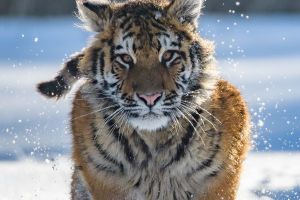Dragonflies captivate the interest of people globally, not just for their beauty but also for their role as beneficial insects. They are nature's pest controllers, preying on mosquitoes, flies, and other harmful insects, aiding in the balance of ecosystems.
Exploring the Unique Traits of Dragonflies
Among their most notable characteristics are their eyes. Dragonflies possess the most complex visual system of any insect, with large, multifaceted eyes dominating their head space. Each eye is a mosaic of numerous tiny lenses, connected to photoreceptors and nerves, enabling them to detect the shape, size, and speed of objects with exceptional clarity.
This panoramic vision allows dragonflies to see in almost every direction without needing to move their heads, a trait that makes them formidable predators.
Their eyes are not only remarkable for their field of view but also for their ability to gauge the velocity of moving objects. This is achieved as each minuscule lens captures motion sequentially, allowing the dragonfly to accurately track and intercept prey with unparalleled precision, cementing their status as apex hunters in the insect kingdom.
Physically, dragonflies are distinguished by their two pairs of slender, transparent wings, which are intricately veined and feature a distinctive nodus near the leading edge. They possess strong mandibles for feeding, and their thorax is designed for agility, with a small, flexible prothorax.
The positioning of their legs, close to their heads, aids in capturing prey, and their elongated abdomens contribute to their streamlined appearance. Despite these commonalities, dragonfly sizes can vary greatly, ranging from wingspans as small as 1.8 cm (0.7 inches) to as large as 19.3 cm (7.5 inches).
Dragonflies have a unique reproductive strategy; females lay their eggs in water, often while in flight, touching the water's surface with their tails in a behavior known as "ovipositing." This ensures that their offspring begin life in an aquatic environment, where the larvae, or nymphs, will grow and develop before emerging as adults.
Dragonflies are not only fascinating for their biological and physical characteristics but also their ecological value. Their adept hunting skills, remarkable vision, and the aquatic life cycle of their larvae make them a unique component of their habitats.
As natural allies in controlling pest populations, dragonflies play a crucial role in maintaining the health of ecosystems.
Their beauty, intriguing behaviors, and benefits to the environment underscore the importance of conserving these remarkable insects for future generations to admire and appreciate.


